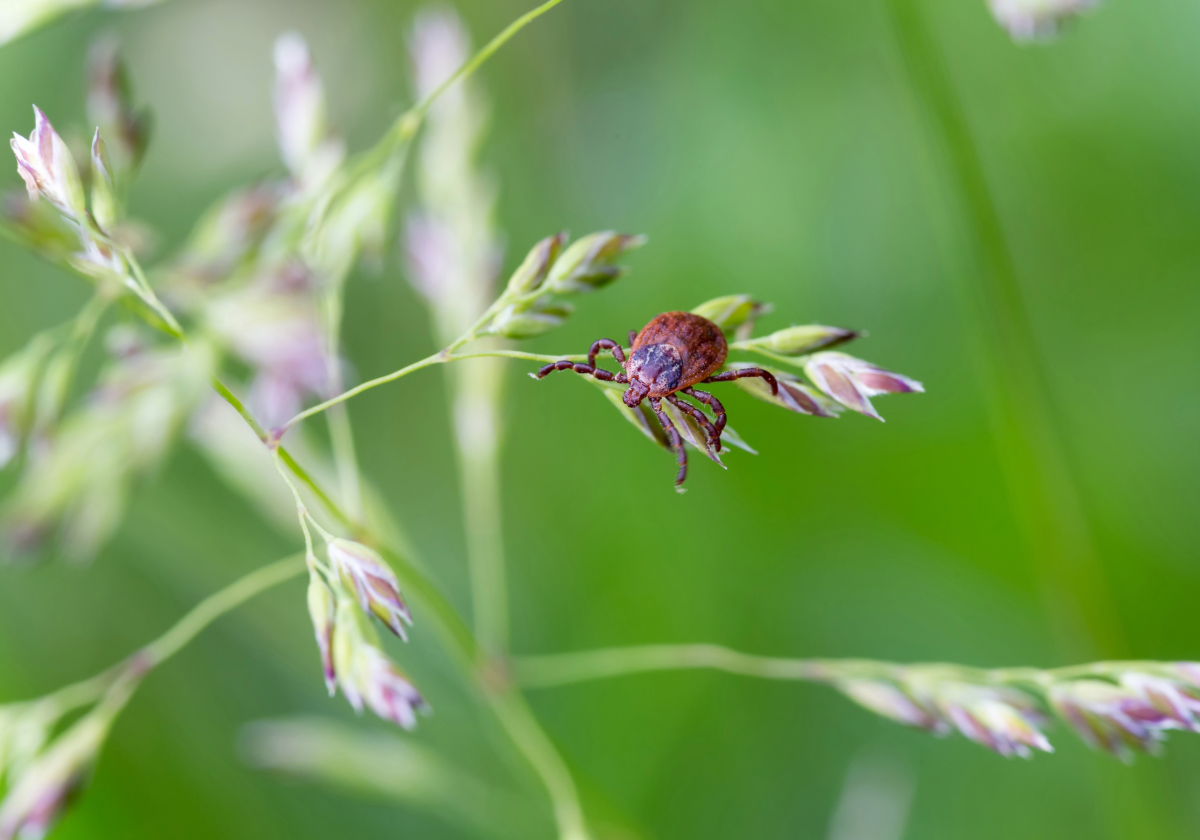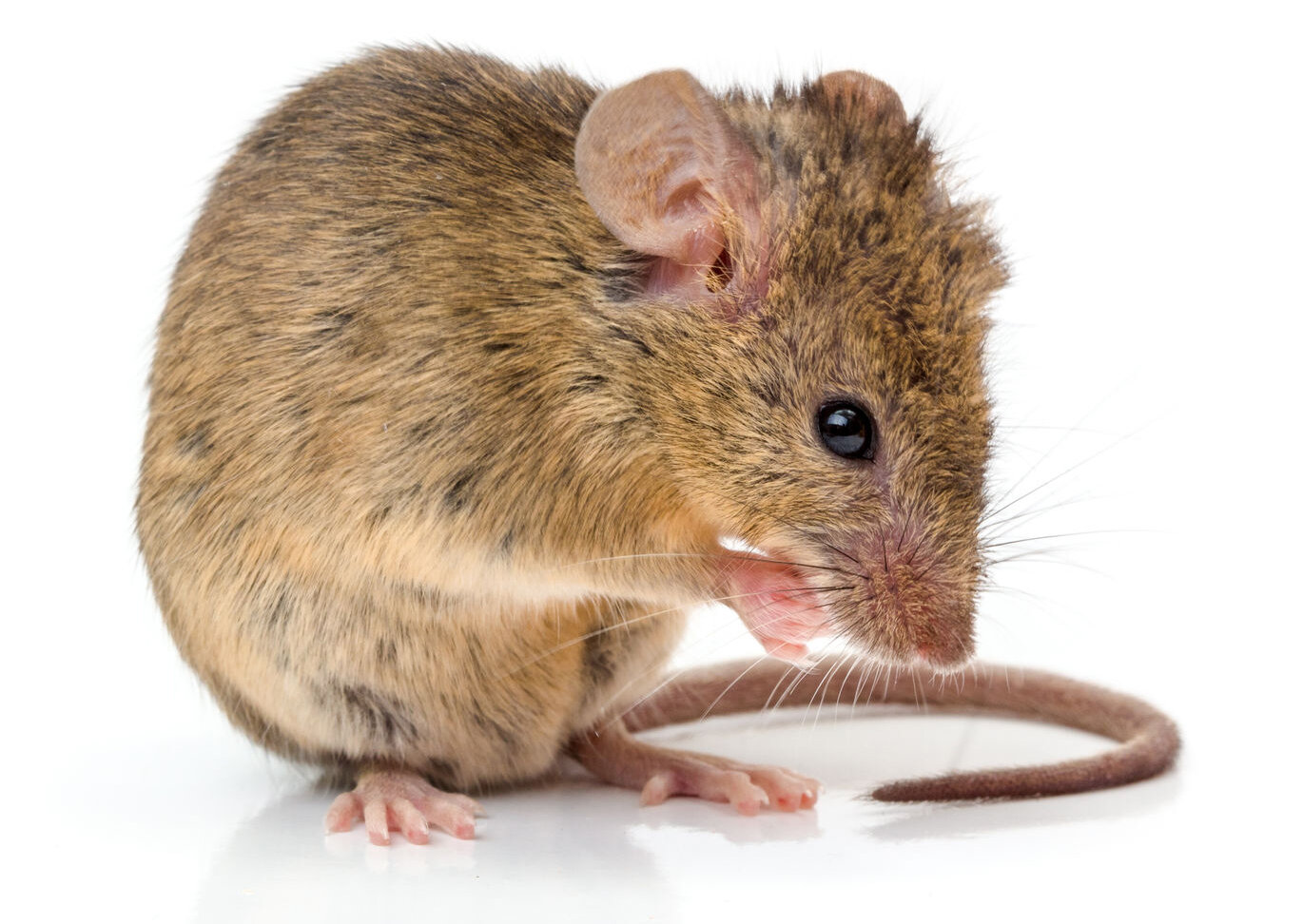
At Adam’s, we spend a lot of time eliminating pests that cause problems in homes and commercial buildings, but, as a part of Thanksgiving week, we would like to highlight some bugs that we are thankful for! Here are five bugs that make our lives better.
Honey Bees
You may have heard honey bees being mentioned in the news a lot lately. That’s because honey bees are very important pollinators. They not only affect our food sources directly, pollinating fruits and vegetables, but they also affect the food sources of the animals we eat. Adam’s has a policy of not treating flowers to avoid having an adverse effect on honey bees and other pollinators. Adam’s has also been involved in beekeeping with advice from the University of Minnesota’s bee lab. You can find out more information at https://adamspestcontrol.com/about-us/beekeeping/
Silkworms
What is interesting about silkworms is that they are not actual worms. They are actually moth larvae. In certain circumstances, silkworms can be a pest and require control, but without them, we would not have the silk used in clothing. This means silk scarves, dresses, shirts, and other clothing made with this material would all cease to exist. The silk is primarily derived from the silkworm going into a cocoon state before it becomes a moth.
Dragonflies
Dragonflies are beneficial because they eat other insects. They are excellent fliers with ability to fly directly upward, directly downward, and hover in place. A dragonfly can eat the equivalent of its own weight in just 30 minutes and a single dragonfly can eat up to 30 mosquitoes in just one day. An interesting fact about dragonflies is that the globe skimmer dragonfly has the longest migration of any insect flying 11,000 miles back and forth across the Indian Ocean
Ground Beetles
Ground Beetles hide during the day in order to shelter themselves from predators, but at night They eat other bugs such as cutworms, caterpillars, maggots and other beetle larvae which can be harmful to plants. You may occasionally find them inside, but they don’t cause any harm to people or homes.
Ladybugs
Not to be confused with the Asian Lady Beetles which look similar (Differences: Asian Lady Beetles have an ‘M’ shaped mark on their heads and congregate in large groups, oftentimes in our homes), ladybugs overwinter outdoors and eat garden pests like aphids, mites, and mealybugs that can be harmful to our plants. Unfortunately their populations have declined due to Asian Lady Beetles outcompeting with them for resources.
At Adam’s, we don’t eliminate bugs just for the sake of eliminating bugs. We eliminate pests that are a nuisance, cause damage or pain, affect cleanliness, and/or cause health concerns. Some bugs are very beneficial in our lives! These are just a few of the bugs that get an invitation to our Thanksgiving dinner table (a very exclusive list!). As long as they don’t stay too long, they are welcome every year.



